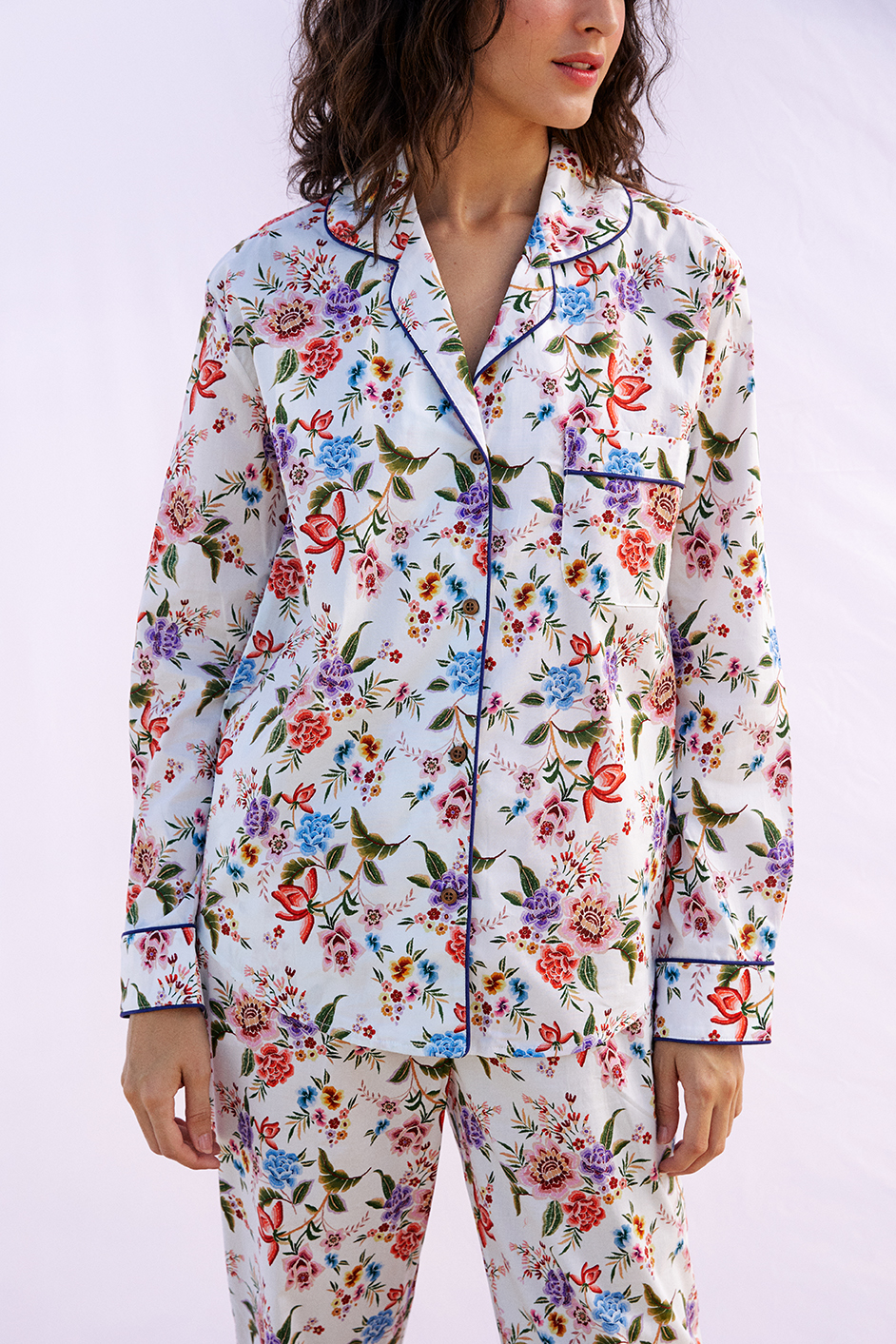
How Does Textile Recycling Work?
Are My Donated Clothes Really Being Recycled?
Each year, new and more horrifying statistics come out about how much textile waste is being produced. This includes vehicle upholstery, home goods, and of course, clothing. With fast fashion continuing to rear its ugly head, secondhand shops are overwhelmed and clothing donated with the best intentions often ends up in landfills.
According to The Environmental Protection Agency, 16.9 million tons of textiles were generated in 2017, with only 13.6 percent estimated to have been recycled. Landfills receive more than 10 million tons of textile waste each year because there isn’t enough demand for the endless supply of donated clothing. This results in mountains of used items being dumped around the world, as well as used pieces being sold by vendors, hindering the businesses of local designers and makers.
“Landfills receive more than 10 million tons of textile waste each year because there isn’t enough demand for the endless supply of donated clothing.”
To put it simply, we have a textile waste problem and fashion will never be a sustainable industry if we don’t fix it. Could textile recycling be the solution we’re searching for?
Textile Collection: Post- vs. Pre-Consumer Textile Recycling
The first step in any textile recycling process is collection. Materials are sorted and recycled differently depending on if they are post- or pre-consumer.
Post-consumer textiles are those donated by individuals (i.e., secondhand clothing). Most post-consumer clothing is collected through public donation bins, clothing drives, or independent company programs. These bins from companies like Green Tree Recycling and USAgain, as well as from various Secondary Materials and Recycled Textiles (SMART) members, are strategically placed in populated areas for public donations. Other businesses use donation boxes or mail-in services so that individual consumers can ship their used clothing to processing facilities.
But companies like Retold Recycling work with recycling partners to ensure donated items never go to landfills. “[We work with] an established partner in the industry [with] generations of experience…,” says Amelia Trumble, co-founder of the newly launched recycling service. “Contractually, we’ve asked them to make sure that nothing ever goes from our bags to landfill.”
And a handful of other brands also use take-back programs to upcycle, recycle, or resell customers’ garments, like Eileen Fisher, The North Face, and Patagonia. Each of these efforts is exciting, but minimal in comparison to the larger issue at hand—which includes campaigns that are claiming to tackle post-consumer textile recycling at scale when, in actuality, the brands are greenwashing.
“Campaigns…claim to tackle post-consumer textile recycling at scale when, in actuality, the brands are greenwashing.”
H&M’s widespread garment collection, for example, doesn’t address the company’s overproduction or provide a plan for reusing the overwhelming amounts of textiles they receive during collection. Moreover, many recycling programs and store take-backs have quality guidelines for donations, some excluding items with stains or rips. And almost all textile recycling programs refuse wet garments because of inevitable mildew buildup. If a piece of clothing gets wet in the shipping or sorting process, it’s then headed for the landfill.
Some companies have decided to avoid sifting through stained t-shirts altogether and instead focus on pre-consumer textile recycling. Pre-consumer collection includes anything from clothing manufacturers’ fabric scraps to post-industrial scrap textiles from entities like hotels and healthcare facilities. Companies such as I:CO, The Renewal Workshop, and Evrnu® partner with brands to create circular solutions for unsold stock and unused textiles. For The Renewal Workshop, this means taking in overstock from brand partners and upcycling or repairing pieces for their online shop, while Evrnu® focuses on developing technologies to create new fiber from old garments, and I:CO operates somewhere in between.
Sorting Textiles By Fiber: Natural vs. Synthetic Fiber
After collection and sorting, textiles are generally “graded” to determine what can be resold and what must be recycled. The garments that can’t be resold are sorted by color and material. In the case of natural materials, the garment is then shredded into fibers via machine; these fibers are then cleaned and re-aligned in a ‘carding process’ before being re-spun into yarn.
Depending on its intended purpose, different types of yarns are blended to create a stronger fiber for reuse. Still, most natural fiber isn’t spun into yarn again but instead turned into stuffing for furniture, insulation for buildings, or cleaning rags.
“Technically all fabrics can be recycled, so why are only .1 percent of textiles turned into new clothing?”
Technically all fabrics can be recycled, so why are only .1 percent of textiles turned into new clothing? Aside from consumer error, natural fibers are unfortunately much harder to recycle than synthetic ones.
Dr. Ernel Simpson, Vice President of Research and Development at TerraCycle, explains how most recycling is done using thermomechanical processing. The heat burns up most natural fibers but, “on the other hand, if you have polyester, you can shred the polyester fabric or garment and run it through an extruder because it’s a plastic and it will melt like any other plastic,” says Simpson. The extruder—which is the machine that carries out the thermomechanical processing—can then “create new granules from the broken down synthetic material.”
This is a much more straightforward process than the one that happens with natural fibers. This isn’t to say that natural fibers are bad (far from it), but we simply don’t have the systems in place to widely recycle them at the moment. Even more difficult? Combined fibers—though solvents and solutions can extract polyester or cotton from a blended fabric.
The Future of Textile Recycling
Textile recycling, circularity, and clothing reuse—there’s a lot to discuss. But we have very little information on how these ideas will scale. Organizations like the Ellen MacArthur Foundation have big ideas and plans for creating a new textiles economy based on the principles of a circular economy, but we’ve yet to see real impact in the fashion industry. There seems to be a disconnect between accessible donation and the rate of recycling into new, wearable items.
“There seems to be a disconnect between accessible donation and the rate of recycling into new, wearable items.”
Civic or science-minded organizations and companies are hell-bent on making it easy for clothing to be collected, while the percentage of clothing turned into new items remains slim. A lot of clothing is diverted from landfills for the time being, but what will it take to create this widespread, sustainable change? We’ll have to see.
In the meantime, the best thing we can do for the planet is to be more mindful about textile donations, and not so quick to assume our donations will be recycled. Instead, we can find ways to reuse and repurpose garments and textiles in our home as a way to ensure they stay out of landfills.
“Find ways to reuse and repurpose garments and textiles…as a way to assure they stay out of landfills. ”
How are you repurposing your old fabrics? Share in the comments below!
Audrey Stanton was born and raised in the Bay Area and is currently based in Los Angeles. She works as a freelance writer and content creator with a focus in sustainable fashion. Audrey is deeply passionate about conscious living and hopes to continue to spread awareness of ethical consumption.



